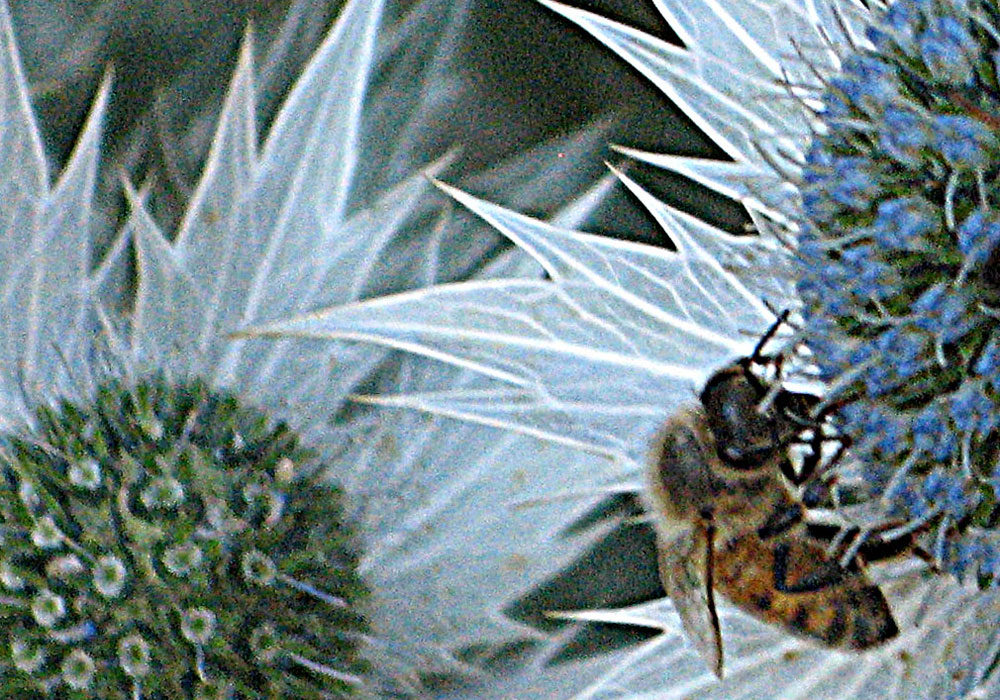So many things, we cannot see. Even so, some may make their presence felt. Take, for example, the classic “stomach bug” we cite to little ones with tummy troubles. This has long been the case. I still remember my own mom guiding me back from the woes of a “stomach bug” with the magic of flat ginger ale, saltine crackers, and jello.
Microbiomes—in Us and in the Bees
What I didn’t know then was that I have a bunch of them—i.e., “stomach bugs”—in the range ten times more than my own body cells. As amazing as this microbiome is in itself, I find it also amazing that it’s yet another thing that we share with honey bees. The bees, too, have their own characteristic microbiome. And they need these “bugs” as much we need our own.
Antibiotics
As is true for us, antibiotics have the potential to wreak havoc with the works in honey bees. In a recent study, an antibiotic that has commonly been used in both treatment and prevention of foulbrood, a very contagious bacterial disease (“stomach bug”) reduced populations of numerous gut bacteria—after which a particular opportunistic species, one that is less than helpful, was found to increase in numbers. In this case, honey bees treated with the antibiotic were more susceptible to the pathogen and had lower survival than those left untreated. In fact, the pathogen, which is a strain of Serratia, shows some resistance to the antibiotic tested. The researchers note the possible contribution of such reductions in honey bee health to what we know as colony collapse disorder. Curiously, there are species of Serratia that also infect us, and some of these species exhibit resistance to antibiotics used in treatment as well.
Changes in Requirements for Use
Because of concerns related to antibiotic resistance, the FDA now requires that beekeepers obtain a prescription from a veterinarian or a veterinarian feed directive. They are no longer able to obtain antibiotics over the counter as they have in the past. This is a period of adjustment for veterinarian and beekeeper alike.
Attending to Labels
We well know that no matter our intention, we make one change—such as introduce an antibiotic (a chemical) with the best of intentions—and additional changes take place. How many of us today stock up on yogurt after a round of antibiotics? Yet, most of these additional changes—born of innumerable connections—are unforeseen. Some of the likely changes, including the development of resistance, can be foreseen and are reason for the guidelines provided, the use-only-as-directed instructions on labels. Seems it may be best to take notice.
Citation linked above: Raymann K, Shaffer Z, Moran NA (2017) Antibiotic exposure perturbs the gut microbiota and elevates mortality in honeybees. PLoS Biol 15(3): e2001861. doi:10.1371/journal.pbio.2001861

